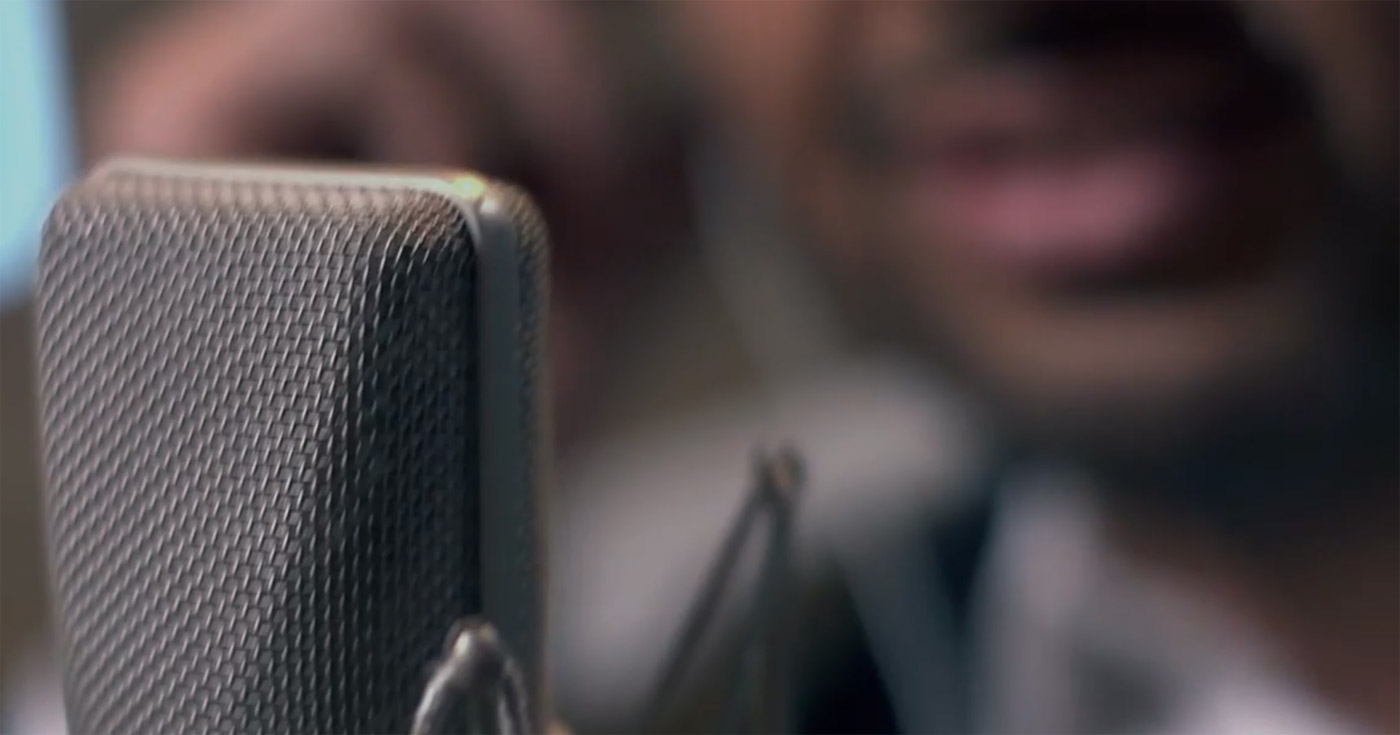FAQ
Frequently Asked Questions
This section is constantly updating and totally available for students and whoever is willing to start an educational course for their voices.
As it follows, you'll find some of the mostly asked questions. For further information, don't hesitate to contact Marco.
Most of the singers who haven’t studied vocal technique, use too much muscular pressure to sing high tones, stronger or with deeper emotion: the result is a forced and un-balanced sound. The excessive quantity of air sent to the vocal cords won’t let them freely vibrate and the intervention of the extrinsic muscles will tend to raise the larynx , quickly causing a condition of vocal tiredness. If reiterated, it can damage our vocal cords, causing nodules and other dysfunctions connected to a bad use of the voice. Using the Speech Level Singing Vocal Technique, our larynx is stable and relaxed and the vocal cords are properly closed through the entire vocal range (from the lower to the higher notes). The result is a more natural and pleasant sound and consequently a better intelligibility of the words one is singing. There won’t be any voice “breaks” or vocal fatigue. All this preserves our vocal cords health and allows to sing for hours without feeling tired and to use professionally our voice.
No! A singer who often doesn’t have a good vocal technique, doesn’t have the chance to choose what to do with their voice, consequently they don’t have alternatives during their performance. Technique is a basic way to freely express your own emotions. Attending my lessons, you will have the possibility to better express your vocal personality, achieving the necessary technique.
Yes. Breathing plays an important role in singing, but many teachers (especially those who come from classical studies) emphasize its study. The expressions "sing with your diaphragm2 or "sustain your breath", "Put your voice into the mask", only confound your ideas. A correct breathing is a byproduct of a correct vocal production. In other words, if you learn how to sing without forcing the larynx and without using the extrinsic muscles, but using the right air quantity to send to the vocal cords, breathing will develop and automatically regulate.
You should need the same vocal technique singing both solo and choral. Sometimes some choir directors try to change your way of singing in order to merge all the voices. This could be good for singers who have already developed a solid vocal technique, but it is dangerous for most of the others.
Vibrato is a natural consequence of a free vocal emission. You should always be able to produce vibrato during the support of a note. Studying vocal technique. All the muscular tensions which avoid a natural sound production are neutralized. After this, you will reinforce and balance your vibrato.
Vibrato is one of the most important singing embellishment, and its use can vary according to the style and the musical genre. Opera singers use vibrato in every note, rock singers hardly ever use it preferring straight tone, pop and jazz singers use the so-called “delayed vibrato” (straight tone followed by vibrato). Generally, the stylistic need of a song determines when, where and how much vibrato is requested.
If you trust a valid teacher, you can start to study singing at any age. My youngest pupil is 9, my oldest is 65, but both are achieving excellent results.
No! A sound which is appropriate for the voice of a person is not necessarily good for another one. When you try to adopt vocal qualities not appropriate for your voice, you are surely abusing of your vocal cords.

